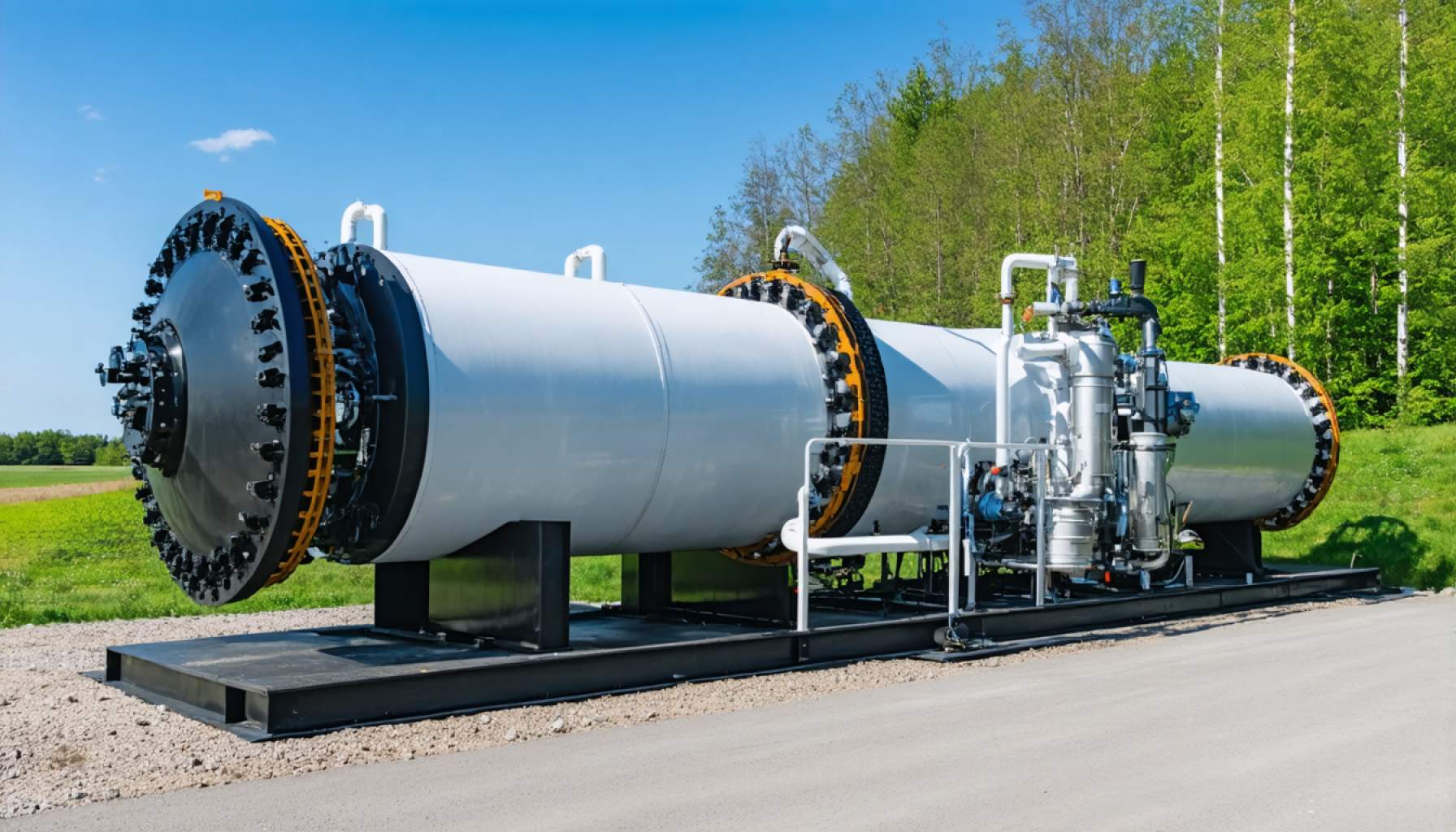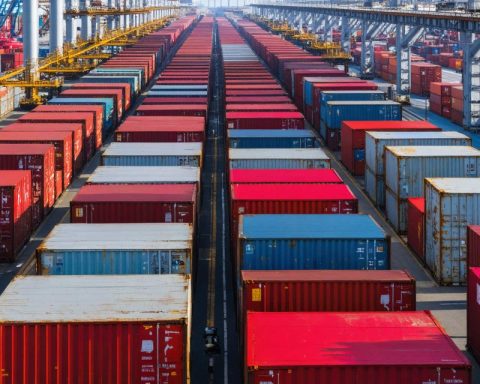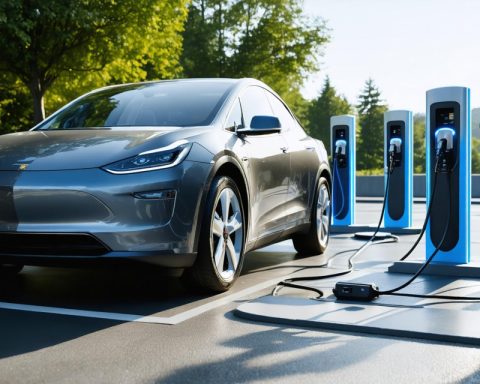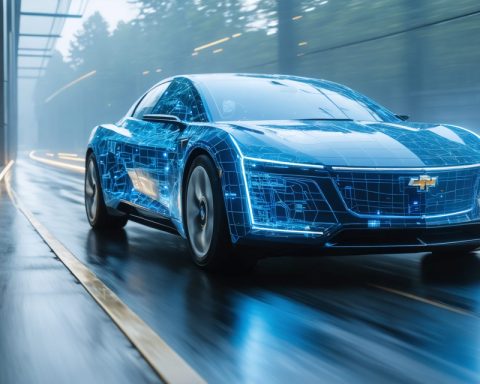- Germany introduces a €25/kWh/h annual fee for its hydrogen network, aiming for sustainable economic development and widespread adoption.
- The “Wasserstoff-Kernnetz” will expand to a 9,700 km network by 2037, reusing existing gas pipelines to enhance efficiency.
- This €24 billion state-supported initiative aims to decarbonize high-emission sectors like steel and chemicals, reducing reliance on fossil fuels.
- The fee structure reflects a strategic long-term vision, with the expectation of sustainable returns as hydrogen adoption grows.
- Germany’s hydrogen strategy positions it as a global leader in the green fuel market, encouraging international investment in hydrogen systems.
- Completion of the initial 525 km of the network is planned by 2025, focusing on overcoming technological and infrastructural challenges.
- The initiative serves as a model for advanced economies aiming for climate neutrality and low-carbon resilience.
Germany has unveiled a groundbreaking strategy to supercharge its hydrogen energy revolution, with ripple effects likely to be felt around the globe. By imposing a fixed annual fee of €25 per kilowatt-hour per hour (kWh/h) on its hydrogen core network’s entry and exit points, the nation has laid down its cards for a cleaner, more sustainable energy future. This fee is not merely a number; it’s a calculated endeavor to make hydrogen infrastructure economically sustainable while encouraging widespread adoption.
Beneath the surface of this bold financial move lies the heart of Germany’s hydrogen network, aptly named the “Wasserstoff-Kernnetz.” Envision this: a sprawling 9,000-kilometer marvel of engineering, soon stretching an additional 700 kilometers by 2037, interweaving hydrogen production centers, seaports, industrial hubs, and storage facilities. With a clever twist, 60% of this network utilizes existing natural gas pipelines, ingeniously curbing waste and maximizing construction efficiency.
This colossal effort, backed by €24 billion in state-supported loans, is poised to position hydrogen as the cornerstone of Germany’s decarbonization crusade. Hydrogen promises to unleash transformation where electrification alone falls short—think of high-emission industries such as steel and chemicals—helping to slash greenhouse gases and steer Germany’s energy independence wagon by reducing reliance on imported fossil fuels.
The economic strategy behind the annual fee echoes a long-term vision. Initial revenues will be dwarfed by the monumental initial outlay for the network’s creation, but as industries pivot towards hydrogen, the fee is anticipated to generate sustainable returns. It’s a case of strategic patience, where today’s sacrifices lay the groundwork for tomorrow’s rewards.
With this daring hydrogen gambit, Germany sends a resounding signal to domestic industries, municipalities, and energy consumers: the hydrogen age is dawning. The price structure is both fixed and transparent, prodding investors and innovators to commit to a future where hydrogen plays a pivotal role.
On the global stage, Germany’s initiative casts a prominent spotlight on the viability of hydrogen systems in energy transitions. This network isn’t merely a national pursuit for decarbonization; it’s an entry point into the burgeoning global green fuel market. As Germany aims to cement itself as a keystone for hydrogen import and export, its influence could nudge other nations to accelerate their hydrogen investments. After all, when a major global economy places its bets on hydrogen as a cornerstone of its future, the world takes notice.
However, the road is neither smooth nor swift. Achieving the ambitious timeline that promises 525 kilometers of functional pipelines by 2025, with network completion targeted by 2037, is fraught with challenges. The technological marvels of today—such as advanced hydrogen storage solutions—must evolve alongside infrastructure to stabilize supply and demand.
As Germany embarks on this transformative journey, eyes across the globe are peeled, assessing the impacts on both a national and international scale. This is no mere infrastructure project; it is a visionary shift toward low-carbon resilience. For industries, the network promises a pathway to sustaining productivity while cutting emissions. For the world, Germany’s model offers a blueprint for advanced economies seeking climate neutrality.
Will Germany’s gamble on hydrogen herald success? With a meticulously orchestrated strategy, the nation seems well-poised to run this marathon with endurance and foresight. If successful, this initiative will profoundly shape the global trajectory of hydrogen energy. As the world watches, the promise of a sustainable, hydrogen-powered future teeters between possibility and reality, led by Germany’s steadfast commitment.
Germany’s Hydrogen Revolution: A Game Changer for Global Energy
Germany’s bold strategy in advancing its hydrogen energy ambitions marks a significant milestone not only for the nation but potentially for the global energy landscape. Here’s a deeper dive into aspects not fully explored in the initial article, offering insights, market forecasts, industry trends, and practical steps on leveraging this pivotal shift.
Exploring the Hydrogen Infrastructure
1. Technological Advancements and Innovations:
Germany’s utilization of existing natural gas pipelines for hydrogen transport is a remarkable feat, showcasing how innovation can drive sustainability. This method reduces costs, minimizes environmental disruption, and expedites deployment. The emerging technology of hydrogen embrittlement-resistant materials will further ensure pipeline safety.
2. Real-World Use Cases:
Hydrogen can revolutionize sectors like transportation (via hydrogen fuel cells) and manufacturing (e.g., green steel production). Industries dependent on heavy-duty machinery and long-distance transit are prime beneficiaries.
3. Security & Sustainability:
Hydrogen’s potential to be locally produced means reduced energy imports, enhancing energy security. Its use in energy storage can stabilize renewable energy supply, compensating for intermittency issues in solar and wind power.
Economic and Market Insights
1. Market Forecasts & Industry Trends:
The global hydrogen market is expected to reach $200 billion by 2030, with Europe leading the charge. Investment in hydrogen production technology is at an all-time high, with new players entering the market. Germany’s strategy could accelerate this trend, highlighting hydrogen’s significance in achieving climate goals.
2. Financial Strategy:
The €24 billion investment, while substantial, is a strategic gamble that Germany expects to pay off as technologies mature and costs decrease. Return on investment is anticipated as industries transition and the market gains momentum.
Challenges and Limitations
1. Technological Hurdles:
The hydrogen supply chain faces logistical challenges. Developing efficient storage and conversion methods remains a hurdle—hydrogen is notoriously tricky to contain and transport due to its low density.
2. Economic Risks:
While the fixed fee structure provides transparency, economic unpredictability remains a challenge. Investment returns hinge on regulatory stability and market adoption rates.
Actionable Recommendations
1. How-To Steps & Life Hacks for Businesses:
– Evaluate Infrastructure: Businesses should assess their infrastructure and integration costs for transitioning to hydrogen.
– Invest in Training: Upskilling workers for hydrogen technology ensures readiness and safety during transition.
– Explore Funding Opportunities: European grants and loans are increasingly available for hydrogen initiatives.
2. Quick Tips for Consumers:
– Stay informed on local policies and incentives for clean energy adoption.
– Consider the long-term benefits of hydrogen-powered vehicles as infrastructure expands.
Pros & Cons Overview
Pros:
– Sustainability: Reduces carbon footprint significantly.
– Energy Independence: Enhances national energy security.
– Economic Growth: Spawns new industries and job opportunities.
Cons:
– High Initial Costs: Infrastructure investment is significant.
– Technological Barriers: Challenges in storage and transport technology.
– Economic Uncertainty: Long-term economic predictions are uncertain.
Conclusion
Germany’s hydrogen strategy could reshape the global energy paradigm, offering a template for other nations. As digitized smart grids and hydrogen-compatible homes become realities, stakeholders—from industry leaders to consumers—stand to benefit. Continued support, technological evolution, and collaboration will be critical in realizing this vision.
Explore more about energy innovations and their impact at Energy.com and stay updated on the latest energy trends.















